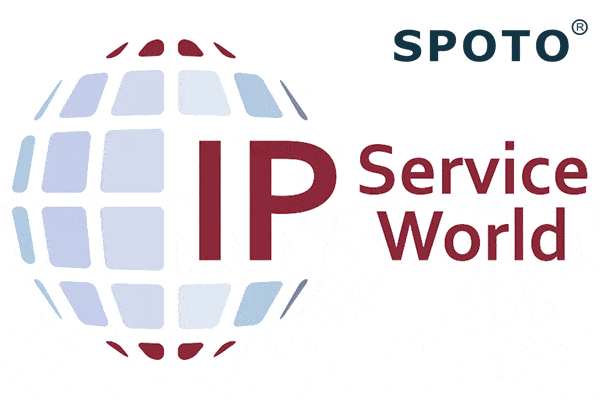
Cisco IOS Software would be containing a wide array of critical network services that would be designed for scalability, flexibility, as well as reliability to help them solve the most difficult problems which would be faced by enterprises and service providers. Customers could select the appropriate Cisco IOS Software feature sets to meet their evolving network requirements. Features like the NAT (Network Address Translation), DHCP (Dynamic Host Configuration Protocol), and HSRP (Hot Standby Router Protocol) could be easily deployed individually or in combination with each other around a wide range of Cisco hardware. If you wish to go in more depth, you should opt for the study dumps, offered at the
SPOTO Club, they will help you out in gaining any Cisco Certification at the first attempt.
Cisco IP Services would be comprised of lots of basic as well as advanced building blocks that would be enabling the customers to:
- Deploying an IP network with common end-to-end IP connectivity.
- Managing their IP addressing requirements from a central location.
- Controlling the IP addressing scheme utilized throughout the network.
- Providing redundancy at major network connection points.
- IP Addressing Services
An IP address is considered to be a 32-bit number written in dotted decimal notation: four 8-bit fields or octets, which would be converted from binary to decimal numbers, separated by dots. The first part of an IP address would be identifying the network on which the host would be residing while the second part would be identifying the particular host on the given network. The network number field is known as the network prefix. All hosts on a given network would be sharing the same network prefix but must have a unique host number. In classful IP, the class of the address would be determining the boundary between the network prefix as well as the host number.
- Finding Feature Information
Your software would be releasing might not support all the features which would be documented in this module. For the latest caveats as well as feature information, observe the Bug Search Tool and the release notes for your platform as well as a software release. To find information about the features which would be documented in this module, as well as to observe a list of the releases in which each feature would be supported, see the feature information table. Utilize Cisco Feature Navigator for finding information about platform support as well as Cisco software image support.
The software would be examining the IP header options on every packet. It would be supporting the IP header options Strict Source Route, Loose Source Route, Record Route, as well as Time Stamp, which would be defined in RFC 791. If the software would be finding a packet with one of these options enabled, it would be performing the appropriate action. If it finds a packet with an invalid option, it would send an ICMP (Internet Control Message Protocol) parameter problem message to the source of the packet as well as discards the packet.
Created for the TCP/IP suite in RFC 792, the ICMP (Internet Control Message Protocol) would be designed for reporting a small set of error conditions. ICMP could also be reporting a wide variety of error conditions as well as provide feedback and testing capabilities. Each message utilizes a common format and is received and sent by utilizing the same protocol rules.
ICMP doesn’t ensure the delivery of datagrams or make IP reliable or the return of a control message. Some datagrams might be dropped without any report of their loss. The higher-level protocols that utilize IP must implement their reliability procedures if reliable communication would be required.
For more information, check out the training courses offered at the SPOTO Club, to gain success in your certifications.
 Cisco IOS Software would be containing a wide array of critical network services that would be designed for scalability, flexibility, as well as reliability to help them solve the most difficult problems which would be faced by enterprises and service providers. Customers could select the appropriate Cisco IOS Software feature sets to meet their evolving network requirements. Features like the NAT (Network Address Translation), DHCP (Dynamic Host Configuration Protocol), and HSRP (Hot Standby Router Protocol) could be easily deployed individually or in combination with each other around a wide range of Cisco hardware. If you wish to go in more depth, you should opt for the study dumps, offered at the SPOTO Club, they will help you out in gaining any Cisco Certification at the first attempt.
Cisco IP Services would be comprised of lots of basic as well as advanced building blocks that would be enabling the customers to:
Cisco IOS Software would be containing a wide array of critical network services that would be designed for scalability, flexibility, as well as reliability to help them solve the most difficult problems which would be faced by enterprises and service providers. Customers could select the appropriate Cisco IOS Software feature sets to meet their evolving network requirements. Features like the NAT (Network Address Translation), DHCP (Dynamic Host Configuration Protocol), and HSRP (Hot Standby Router Protocol) could be easily deployed individually or in combination with each other around a wide range of Cisco hardware. If you wish to go in more depth, you should opt for the study dumps, offered at the SPOTO Club, they will help you out in gaining any Cisco Certification at the first attempt.
Cisco IP Services would be comprised of lots of basic as well as advanced building blocks that would be enabling the customers to: